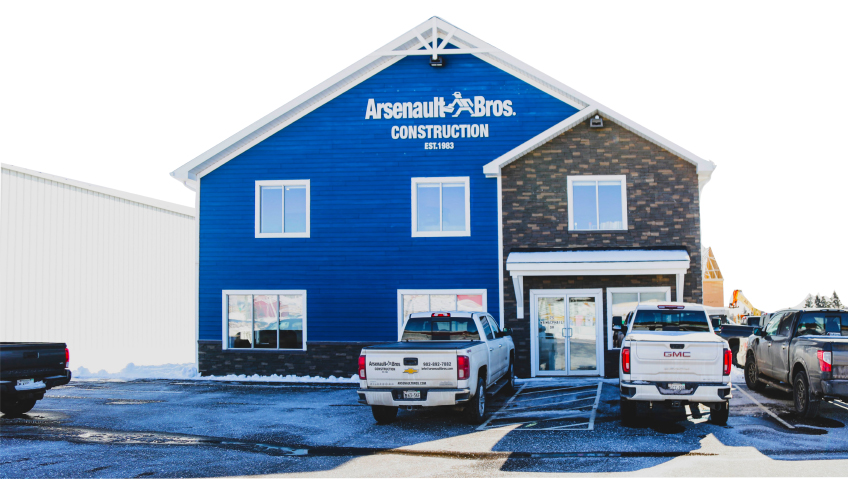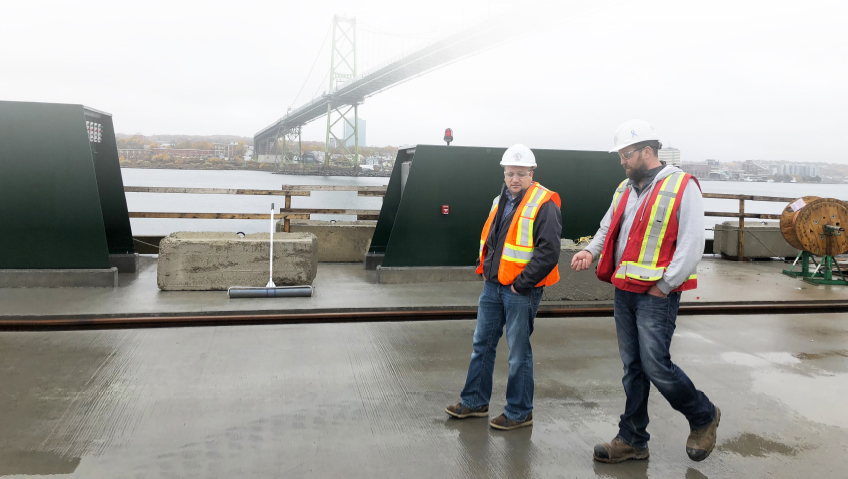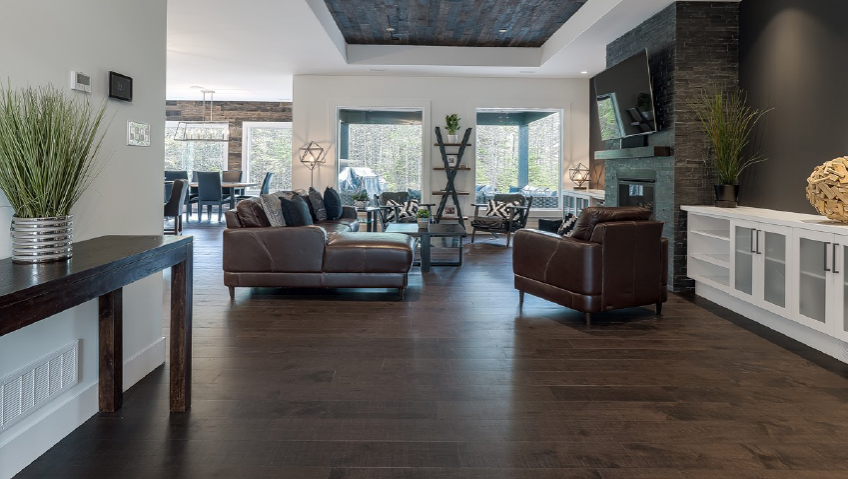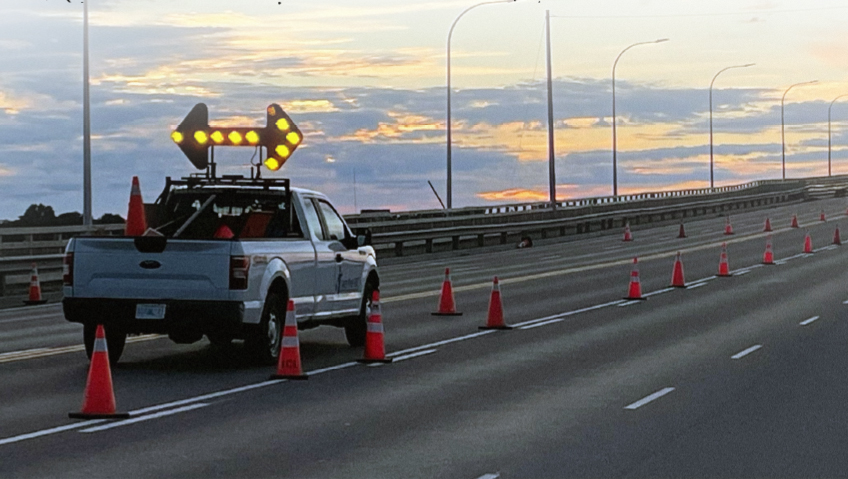Construction has a disproportionately high number of reported workplace accidents compared to other sectors, making personal protective equipment essential.
PPE, short for personal protective equipment, protects workers from many safety hazards. Common in professions where slips, trips, and falls can happen, and heavy or sharp objects like tools are used, PPE is also common in operating rooms and laboratories where bodily fluids or viral and bacterial contaminants are handled.
From mining to manufacturing and clinical labs to construction, PPE is everywhere, yet many were not aware of the importance of PPE until the COVID-19 outbreak.
In the months following the start of the pandemic, an urgent plea for PPE was made to keep healthcare professionals and patients protected against Coronavirus, the most serious and mysterious plague to strike humanity in a century.
Heeding the call, manufacturers stepped up, re-tooling production operations away from hockey helmets and other products to direly-needed plastic face shields, masks, and disposable medical gloves.
In construction, where PPE, including such things as hard hats, eye protection, safety boots, and other gear, is standard, the pandemic compelled them to add additional layers of protection. During the worst months of the crisis, many types of construction were deemed essential, such as hospitals and laboratories, which saw workers wearing their usual PPE, along with disposable masks.
New guidelines were quickly published by the U.S. Occupational Safety and Health Administration (OSHA) and the Canadian Centre for Occupational Health and Safety (CCOHS) to address COVID-related challenges. Workers were told to remain six feet apart from each other, wherever possible, and take other precautions, from staggered shifts to eating lunch alone or outside, limiting in-person meetings, and sanitizing shared tools.
Fortunately, much has changed since March 2020, when the pandemic was declared. Construction backlogs are being addressed, and new projects are underway. And while COVID put much of the world on pause, it didn’t stop innovation in PPE for non-medical industries like construction, mining, and manufacturing.
There is PPE, and then there is high-quality PPE. Sure, you can buy mass-produced hard hats for online or from big box stores, but wearers get what they pay for. While offering slightly more head protection than similarly priced ‘bump caps’—close-fitting, injection-moulded shells without the hard hat’s inner harness—cheap head protection meets minimum safety standards.
At the other end of the spectrum, manufacturer Kask has devoted years to research. Discovering that most construction and industrial traumatic brain injuries (TBIs) aren’t from falling objects striking heads but from slips, trips and falls, Kask products feature chinstraps and shock-absorbing foam, along with side impact compliance.
Founded in Italy with products sold worldwide, Kask freely admits to being obsessed with safety, committed to comfort, and dedicated to superior design for the benefit of wearers.
While hard hats and safety boots are often the elements that come up when discussing protecting workers, there is much more to personal protective equipment. Standard PPE—gloves, safety glasses, and harnesses used for fall protection—has existed for years.
In some cases, the designs haven’t changed too much, but in past designs the materials were different. Made from leather or canvas with a clunky metal buckle, fasteners, and grommets, century-old safety harnesses look medieval today. Lighter, stronger, and more durable than ever, today’s safety harnesses are manufactured with modern synthetic materials.
Polyester and nylon, once standard in the industry, are giving way to Dyneema®, a superlight fibre beating the strength of steel at a molecular level; heat- and flame-resistant Nomex®; and durable, lightweight Kevlar®, which is also widely used for gloves and clothing. Materials such as Tyvek®, Tychem®, and Nomex® come from manufacturing giant DuPont and are used in PPE products to protect workers against heat, electricity, chemicals, and other hazards.
Marketing companies love the word ‘Smart,’ which is used to advertise everything from bottled water to watches and self-driving cars to television sets, but what is it exactly?
While there is no one concise definition, ‘Smart’ is an acronym for ‘Self-Monitoring, Analysis and Reporting Technology.’ In tech terms, ‘Smart’ encompasses automation and connectivity, making our lives easier. In construction and other demanding sectors, ‘Smart’ is making PPE a lot safer, from head to toe.
On some job sites, single-purpose hard hats are being replaced by Smart helmets. One leader in the field, Jannatec Technologies, is behind customizable Smart Helmets, which can include everything from high-visibility LEDs to radio-frequency identification (RFID), cameras, hands-free wireless Mesh (WMN) communication, and more. This year, Jannatec is adding additional mobile communications to its portfolio with the acquisition of MCS (Mobile Communication Services Ltd.) and NCSS (National Communication Site Services Inc.).
Along with head protection, manufacturers have been busy creating other PPE that uses Smart technologies, including Smart boots and augmented reality (AR) glasses.
While regular construction boots are great for protecting feet from punctures and falling wood, metal or other debris, Smart boots contain fall and shock-detecting sensors, alerting other workers to a potential incident. With GPS and Wi-Fi, locations are precise, while kinetic chargers power the boot when the wearer is walking.
Equipped with sensors, Smart clothing and wearables gauge vitals like heart rate and body temperature, alerting workers to take a break if they are over-exerting themselves.
Much like Smart boots, AR glasses use technology to benefit wearers and are finding growing acceptance in construction and mining. Last year, mining giant Rio Tinto deployed Vusix Smart glasses at its Mongolia-based Oyu Tolgoi copper and gold mine. A leader in using tech products like mine pit cameras and drones for enhancing communication and safety monitoring and inspection, Rio Tinto miners are using the glasses for mapping, planning and other purposes.
Not limited to head and foot protection, today’s PPE benefits the body as well. Initially developed in the 1890s, the powered exoskeleton is a wearable suit combining electric motors, hydraulics, levers and other cybernetic technologies.
In the 1980s, exoskeletons were designed for use by military personnel with spinal injuries, so they could walk again. Developing over the decades, they are finding their way into construction and being used to carry heavy objects while reducing leg, back and arm strain.
All PPE, from products that have been available for years to innovations using state-of-the-art synthetic materials and technology, has something in common: it needs to be worn and used properly. Every year in the United States, there are at least 150,000 construction site-related accidents and another 40,000 incidents in Canada.
For both countries, trips, slips, and falls remain the leading cause of injuries and deaths. Despite precautions and safety meetings, inspectors still catch workers wearing PPE improperly (if at all), and failing to use a common sense approach. Sneakers and sandals are not appropriate on job sites filled with broken wood, nails, bricks and debris; neither are shirts with long, unsecured sleeves, or loose track pants worn while operating circular saws, hammer drills, or powerful reciprocating saws that tear through wood, metal and PVC like a knife through Jell-O.
At the end of the day, traditional and modern PPE is only useful if it is regularly inspected and worn the right way. Your life depends on it.






